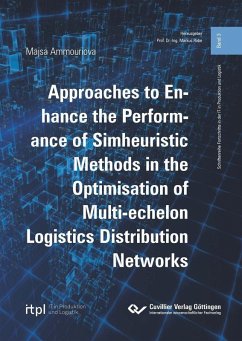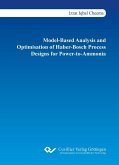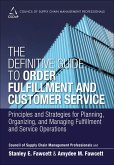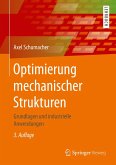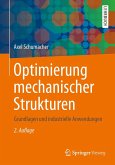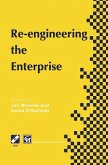Management of logistics distribution networks is a challenging task. Decision-makers rely on logistics assistance systems that recommend actions to optimise the networks. These systems can be based on simheuristics to benefit from metaheuristics in exploring possible solutions and on simulation for modelling the networks. This book presents three approaches to recommend promising solutions to optimise the networks with fewer simulation runs. The first approach utilises information from the network to guide the search of metaheuristics. In this approach, domain-specific information is defined and assigned to actions. The metaheuristic algorithm utilises this domain-specific information to find more-promising solutions. The second approach is reducing the number of possible solutions by grouping actions with respect to their domain-specific attributes. Here, the smaller solution space decreases the number of required simulation runs. The last approach looks for equivalent solutions that cause the same changes in the network. This approach aims to skip unnecessary evaluations and, thus, simulation effort.
Dieser Download kann aus rechtlichen Gründen nur mit Rechnungsadresse in A, B, BG, CY, CZ, D, DK, EW, E, FIN, F, GR, HR, H, IRL, I, LT, L, LR, M, NL, PL, P, R, S, SLO, SK ausgeliefert werden.

